Earth
Contents
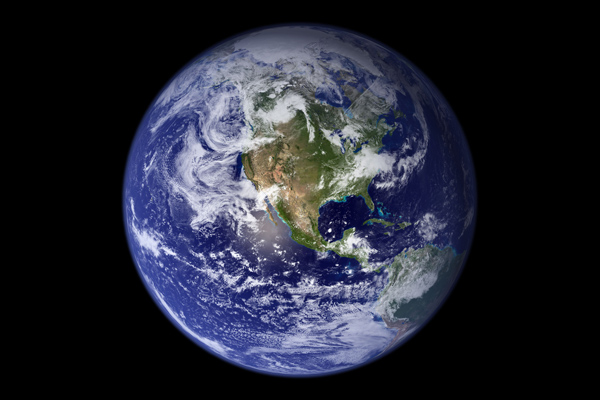 The Blue Marble of Western Hemisphere / nasa.gov
The Blue Marble of Western Hemisphere / nasa.govEarth, the planet in which we live on, is the only known planet to have higher life forms occupying its surface. Covered in oceans and streams, mountains and valleys, our tiny little planet is teaming with life and varying landscapes. Known simple as Earth, Gaia in Greek and Terra in Latin, there are many factors that allow for the possibility for life to exist.
Position to the Sun
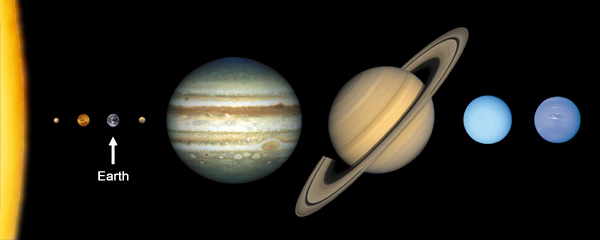 Position of Earth in the Solar System / nasa.gov
Position of Earth in the Solar System / nasa.govWith the furthest distance of 152 million km (94,5 million miles) and the closest distance of 147 million km (91,4 million miles) from the sun, Earth's elliptical orbit allows for heating up and cooling down (aka seasons) to occur. This is essential for life to occur, along with a few other factors. Earth's complete rotation around the sun takes approximately 365 days and its axial tilt of 23.5 allows for each of the poles to spend a little time in the sun as it rotates on its axis at about 24 hours for the full spin.
Internal Structure
Most of what we know of the inner structure of our planet is based on theories which are derived from the indirect study of geological features such as lava fields and layers of sediment. The furthest we have gone within our Earth's interior is 12.3 km (7.6 miles), Kola Superdeep Borehole, and the core of Earth is approximately 6,371 km (3,958 miles). So basically, we have yet to even scratch the surface of what lies beyond the crust of our planet let alone the multiple layers beneath.
Our planet's internal structure is a series of layers, 5 in all, that stretch for miles.
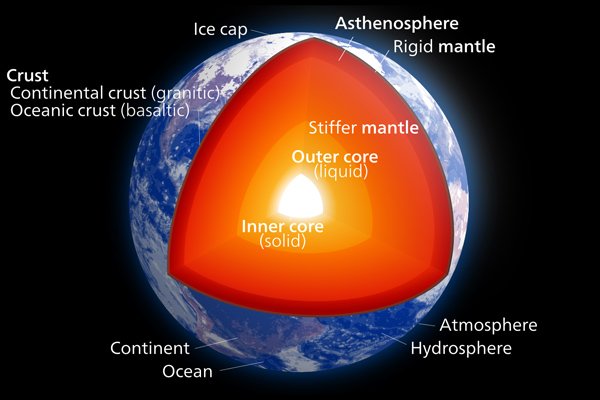 Structure of the Earth / wikipedia.org
Structure of the Earth / wikipedia.org- The thinnest layer, the crust, is the layer that we live on and is approximately 40 km (25 miles) thick. It is the hard rocky area of the planet that allows us to grow crops, holds the water on the surface, and basically walk around on. It is made up of mostly hardened silicate rock.
- The next layer is approximately 2,900 km (1,800 miles) in width and is called the mantle. The mantle consists of two separate layers within itself of primarily of softened silicate rock. There is the inner mantle and outer Mantle.
- The outer mantle is much thicker than the outer mantle which makes it much more solid. It is the layer between the more viscous and softer inner mantle and the crust.
- The inner mantle is slightly less solid, like asphalt on a hot day. It moves extremely slow, slower and thicker even than lava or a bowl of hot oatmeal.
- Then finally there is the core. Like the mantle, there are two layers to this section of the planet as well.
- The outer core is molten to the point of liquid in form. It is where the cooler elements of iron and nickel rotate in a western direction at a slower rate than the inner core.
- The inner core is solid iron and nickel. This part of the core moves at a super fast rotation in an eastern direction.
This opposite rotation at different speeds is what creates both our gravity and magnetic fields creating a positive and negative charge within the Earth's center. This process is known as the geomagnetic dynamo. Which creates our magnetic field, atmosphere, and winds on the planet's surface, helping to maintain Earth's surface temperature and keeps everything on the ground. If this process were to stop, everything would escape into space leaving our planet lifeless.
Surface/Geography
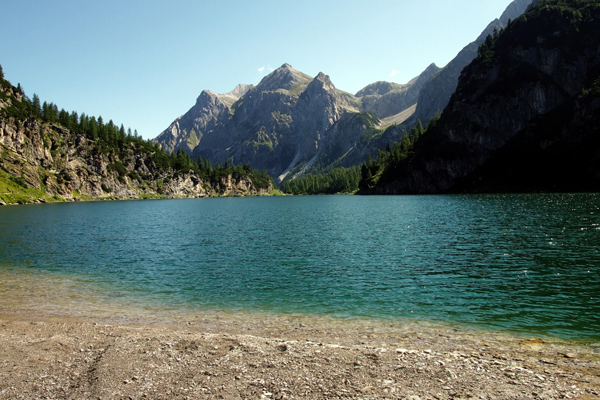 Austrian Nature / nasa.gov
Austrian Nature / nasa.govEarth's geography is as diverse as its contents. Filled with hills, valleys, mountains, plains and so much more. Earth's primary geography consist of water, approximately 71%. 96.5% of the water on Earth is contained in its vast oceans and aid the atmosphere in keeping Earth's temperatures moderate. As the water heats up, it evaporates and becomes trapped by the atmosphere. Within the atmosphere, it cools down and falls back down to the surface replenishing the water supply and helps to cool the temperature on the surface.
Because the tectonic plates of Earth are active, as in they are constantly moving, geological changes occur frequently. We see this in volcanic eruptions, earthquakes, tsunamis, and other natural disasters worldwide. These occurrences cause for minuet changes in our surface structure over thousands of years, but they are consistent and make the geology of the planet ever changing. So what may be true today, may not exist 1000's of years from now.
Atmosphere/Climate
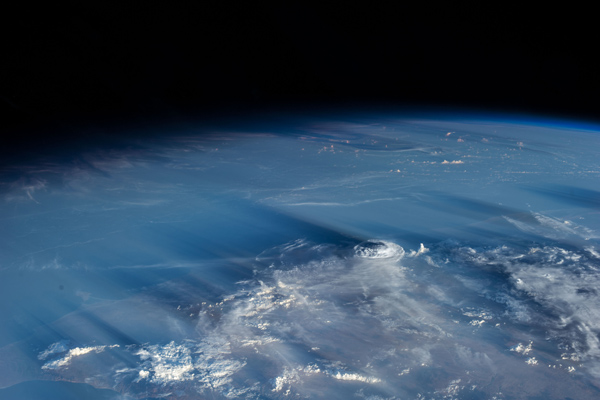 Earth's atmosphere from Space / nasa.gov
Earth's atmosphere from Space / nasa.govEarth's atmosphere is made up of 78% nitrogen, 21% oxygen, traces of water vapor, carbon dioxide, and other gasses. This combination allows for life to have breathable air while blocking the larger portion of the solar radiation that could poison the planet and its occupants. It is also a secondary "shield" protecting the Earth from debris from space. The magnetic field mainly deflects solar emissions which can essentially "fry" our planet, but our atmosphere protects us from objects such as asteroids and meteors. The shockwaves alone from the impact of these objects could cause catastrophic events such as killing all life within a general area or worldwide. As it passes through our atmosphere, however, most of these objects are broken apart and disintegrates before making landfall.
Earth's atmosphere retains its heat making surface temperatures warmer for plants to grow while allowing enough heat to escape to keep things from getting too hot. The mixture of nitrogen and oxygen helps to keep the levels of carbon dioxide down which can create a heating effect if not kept in check. This is what they refer to as the greenhouse effect and is what killed off any chances of life on Venus.
The temperatures on Earth vary based on location as well as season. The coldest temperatures ever recorded on the planet was -89.2°C (-128.56°F) in Antarctica. The hottest temperatures ever recorded was 70.7°C (159.26°F) in the Lut Desert of Iran in 2005. Greenhouse gasses such as carbon dioxide within the atmosphere help to regulate the temperatures on the surface of the planet by "trapping" the heat and not allowing it to escape into space. Without them, Earth would not be capable of maintaining the heat needed to sustain life.
Satellite
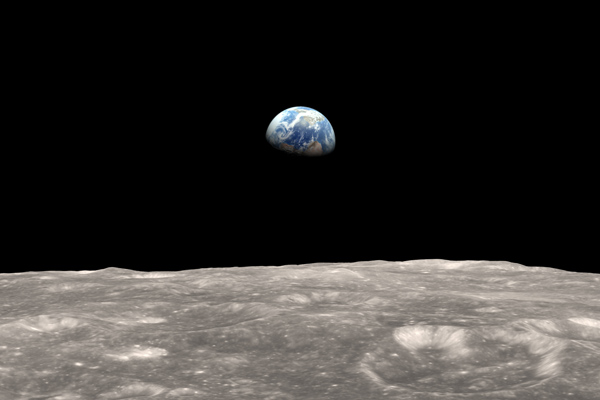 Earth view from Moon / nasa.gov
Earth view from Moon / nasa.govEarth has only one satellite simply called the Moon or Lunar. It does not have very many geological features and no activity on its surface.
Exploration
Exploration of our own planet is nonstop. Scientist from all fields maintain a constant vigilance in studying the different aspects of our planet. Extensive research on Earths interior has been in effect since the late 1900's as the Kola Superdeep Borehole is a focus of geological study even today. Natural phenomenon such as volcanic eruptions are consistently observed to understand the process of geological changes that shape our planet. Even astronomical studies of other planetary objects are done to better understand our world and how special it truly is.
See also: All planets, Objects
Video Gallery

-
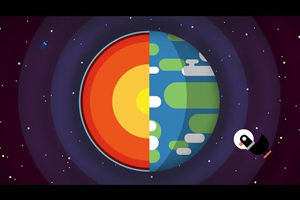 Everything You Need to Know About Planet Earth
Everything You Need to Know About Planet Earth
-
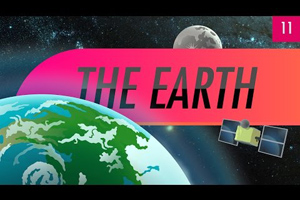 The Earth: Crash Course Astronomy
The Earth: Crash Course Astronomy
-
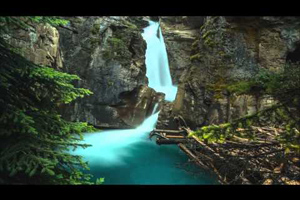 Beautiful Planet Earth 2015
Beautiful Planet Earth 2015
-
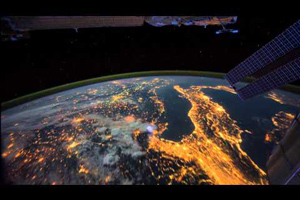 Timelapse footage of the Earth as seen from the ISS
Timelapse footage of the Earth as seen from the ISS